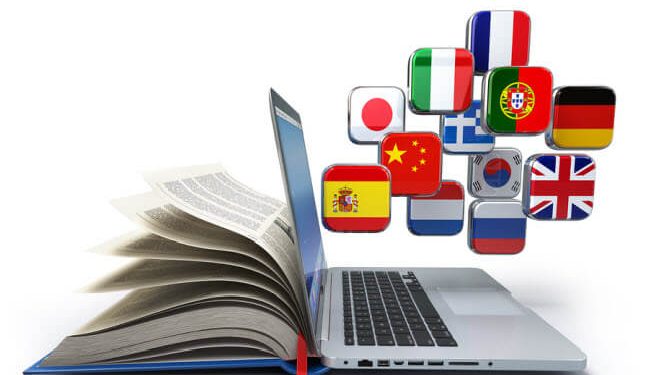Translating truly is an art, and it can be difficult to get translations right, thanks to the huge variations that exist across languages. But there are some ways that you can improve translations and make sure that they are accurate and effective each time. Let’s explore how you can do this.
What Makes a Good Translation?
Whether it’s a translation of website copy for a brand moving overseas or a legal translation for an attorney’s case, good translations have certain things in common. So no matter what industry or context you are translating in, an effective translation will always have these two characteristics:
They Read Seamlessly:
The main goal of a translation is to transform a piece of written or audiovisual material from one language to another. But there are so many other parts of language other than words. Things like grammar, tone and emotion all play a vital role in communicating meaning to a reader.
They Don’t Sound Like Translations:
The best translations are the ones that don’t even seem like they weren’t originally written in the language they are currently in. The emotion, intonation and flow of the translated piece should be so well executed that it sounds like it was always in that language.
How To Create Accurate and Effective Translations
Now it’s time to look at exactly how you can achieve an accurate and effective translation that reads seamlessly and doesn’t sound like a translation.
-
Don’t Just Find Language Experts – Find Subject Experts
Some industries speak their own languages in themselves, so if your brief is highly specialized or technical, then your translator needs to be bilingual – in both the target language and industry. To understand the nuances of industry jargon and context-specific terms, your translator should have extensive knowledge of the subject area so that they don’t misinterpret parts of the text and risk using literal translations.
-
Simplify the Original
Expressions and vocabulary vary hugely across languages, so another way to help your translator produce the best possible translation is to simplify the original piece. Especially if it contains overly descriptive language that isn’t essential to the flow or meaning of the piece, these can be taken out before being translated. Some expressions don’t even exist in some languages and therefore are impossible to translate successfully, and if they were attempted, would not make sense to a native speaker and disrupt the flow of the writing.
-
Have Multiple Rounds of Edits
Like any written piece, a translation is likely to need editing. And each round of editing will help to tighten up the flow and even catch any small errors. All writers will know how easy it is to miss small mistakes when you’ve been working on the same piece for a long time, which is why editing is so crucial in the writing, and translation, process.
It’s worth noting that language is quite subjective too, so it is useful to get a second translator to give the translation a read. It’s possible they will interpret certain phrases differently or spot grammatical errors that can be easily fixed before publishing.
It should look like this: Whether it’s on a website, press release, product packaging or administrative documents, translations need to be accurate, everytime, because of how they can affect your brand’s reputation. Visit Languex Translation if you require a fast, accurate, and affordable legal translation service.
Follow Techdee for more!





